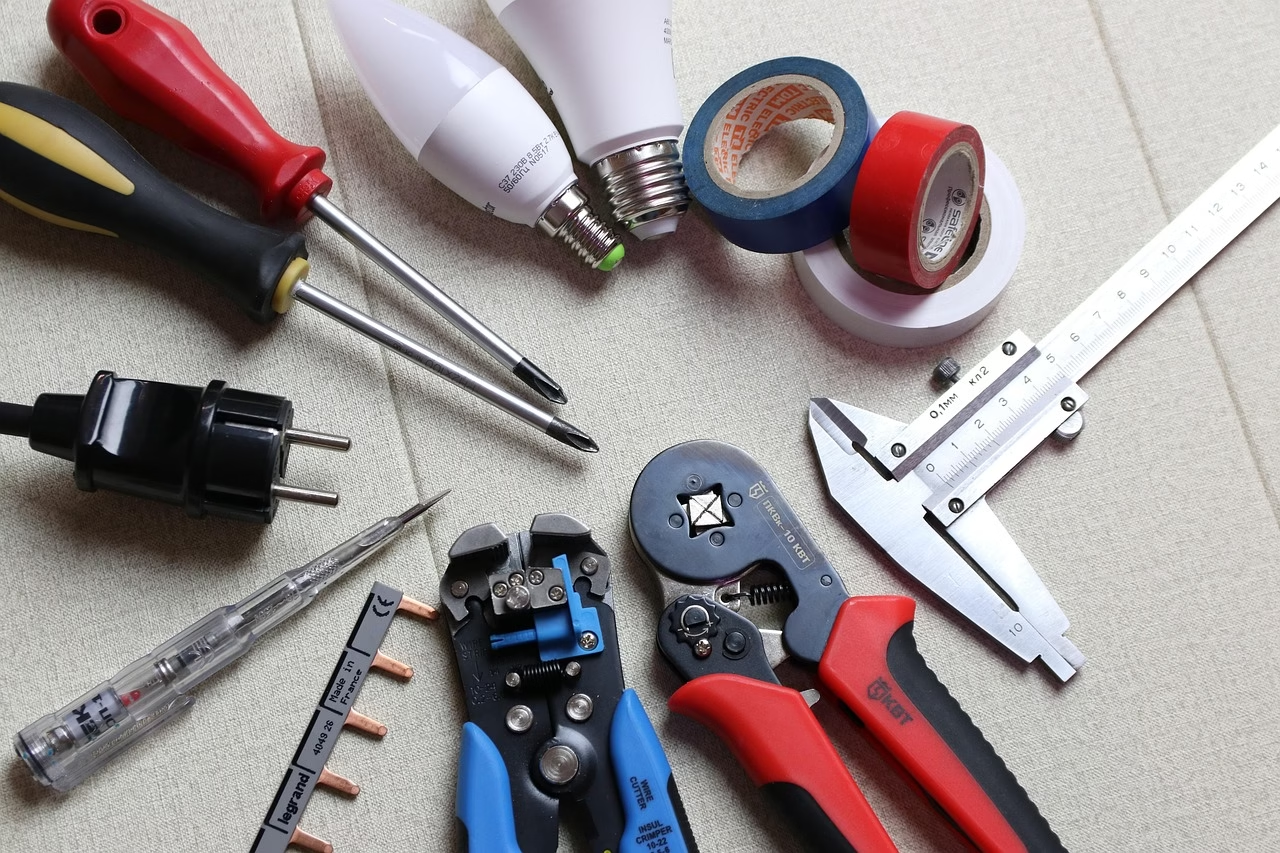There’s a quiet revolution happening amidst the constant pinging and glowing screens of our 24/7 digital age. The “always on” culture — the nonstop barrage of notifications, emails, instant messages, and app alerts — that once felt like the lifeblood of productivity is now turning into its biggest productivity killer.
The Price of Being “Always On”
Look, I get it: staying connected around the clock sounds like efficiency in theory. But in practice? It’s chaos. When you’re constantly tethered to digital demands, your brain never gets the breathing room it needs to focus deeply, think creatively, or complete meaningful work. Instead, you’re bouncing between distractions, reacting to every buzz or ding without control.
“Being always available doesn’t mean you’re always productive. In fact, it’s often just the opposite.”
This culture of “digital immediacy” invites stress, burnout, and fragmented attention spans. The “urgency” of every ping tricks your brain into believing everything is critical — when most times, it’s not. The result? Workers feel overwhelmed, checking messages compulsively, yet finishing fewer tasks well. Productivity takes a hit because focus is the real currency of getting stuff done.
Why Workers Are Demanding Digital Silence
Increasingly, professionals are pushing back — demanding what I call digital silence. This means carving out space and time free from digital interruptions, allowing focus to flow uninterrupted and tasks to be completed with clarity and depth.
Beyond just turning off notifications, digital silence is about respect for deep work time. It’s a demand for boundaries where workers can control when and how they engage digitally, rather than feeling perpetually tethered to a device or platform.
Organizations that embrace this shift recognize the value of these boundaries, establishing norms like:
- Designated “quiet hours” where internal messaging is paused.
- Encouraging the use of “Do Not Disturb” modes during critical focus blocks.
- Reducing expectations of immediate responses outside of business hours.
- Promoting asynchronous communication where possible.
How to Create Your Own Digital Silence Now
You don’t have to wait for company policy to take charge of your focus. Here are some quick wins to introduce digital silence and reclaim your productivity:
- Schedule “Focus Blocks”: Block out 60–90 minute chunks in your calendar where you silence all devices and notifications, dedicating time exclusively to your most important work.
- Leverage Tech Tools: Use apps or built-in OS features to automatically silence notifications or limit app usage during your focus windows.
- Set Boundaries: Communicate your focus times clearly to colleagues so they understand when you’re not immediately available.
- Create Tech-Free Zones: Designate parts of your day—like the first hour after waking or the last hour before bed—without screens to reset mental energy.
- Batch Communication: Instead of checking email or messages continuously, set specific times to process communication in batches.
Your Focus is Your Superpower
In a world that glorifies being “always available,” the true game-changer is being “always focused.” When you embrace digital silence, you’re not just protecting your sanity—you’re championing quality over quantity. Deep focus gives you the power to produce your best work more consistently and with less stress.
So, if you’re feeling swamped by the noise of constant digital connection, start small but start now. Build your digital silence fortress. Trust me—it pays off in reclaimed time, sharper thinking, and more meaningful accomplishments.
Remember, productivity isn’t about doing more things faster; it’s about doing the right things better. And that’s exactly what digital silence helps you do.





